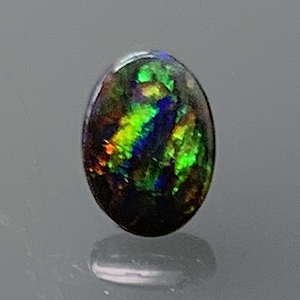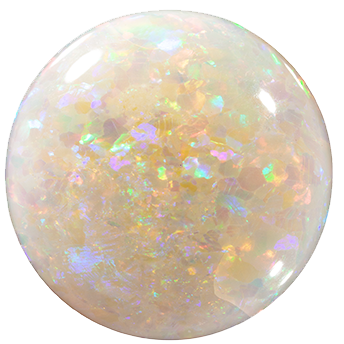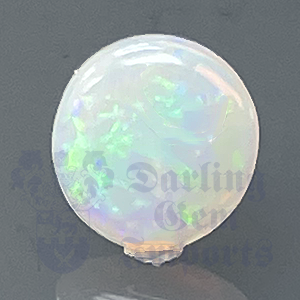About Opal
History and Folklore
Originally it was believed that Romans created the name "opal" which came from the word "opal" us. Now. however. it is believed to come from the Sanskrit word upala meaning "valuable stone". Through most of history, opals have been regarded as precious stones and carried good luck. During the 18th and 19th centuries. opals acquired a bad reputation. In a novel by Sir Walter Scott (Anne of Geierstein -1829) a Baroness dies after a drop of holy water falls on her opal and it becomes colorless. Even though it had a brief poor reputation. it still found its place in French Crown Jewels. Holy Roman Emperor•s crown and much of Queen Victoria's jewelry.
Facts and Information
Opal 1s one of the most intriguing gemstones because of its unique play of color. Opal Is a form of silica that contains 6-10% water. The "play of color" comes from light reflecting off very tiny silica spheres. Although over 90% of opals come from Australia. some varieties do come from Brazil and Mexico. Recently. opals have also been found in Africa. There are several types of opal:
- White Opal - An opal that has a base white color with a play of color. (colors 47, 48, 50)
- Crystal Opal - Transparent to semi-transparent body with strong play of color. (colors 49, 51)
- Black and Grey Opal - Opal that has black. dark blue or dark grey play of color. Almost all black opals come from Australia. and Lightning Ridge produc.es most of the finest color matrix.
- Boulder Opal - Opal with dark base and color occurring in matrix rock.
- Jelly Opal - Transparent to semi-transparent opal with little play of color.
- Fire Opal - Opal that is transparent to semi-transparent with red. yellow or orange to brown body color. (colors 56. 57 ) This can be with or without play of color. Also referred to as Mexican Opal.
- Ethiopian Opal - A recent discovery from Ethiopia• High Fire. Crystal Base. (colors 52, 53)
Major Sources
Identification and Characteristics
- R.I.: 1.45 (+.02, -.08)
- Hardness: 5 - 6.5
- S.G.: 2.15 (+.08, -.90)
Cleaning Methods
- Never use in ultrasonic
- Safe in warm, soapy water
- Never use in steamer




